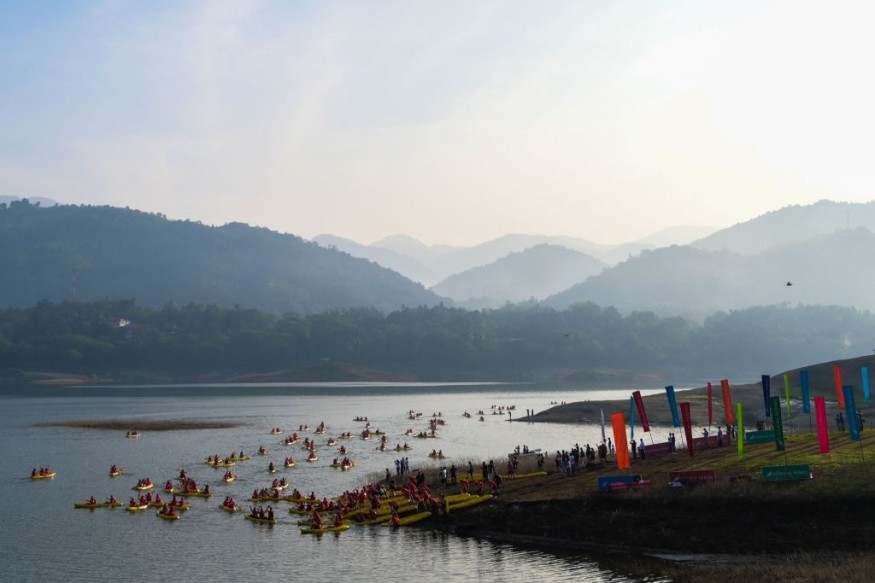The study, conducted by researchers from Te Herenga Waka-Victoria University of Wellington and NIWA, discovered significant changes in average summer and winter river flows.
The study's findings were published in the Journal of Hydrometeorology as "Spatiotemporal Trends in Near-natural New Zealand River Flow."
While parts of the North Island have experienced heavy rainfall this summer, long-term trends show that summer river flows in these areas are decreasing on average and are likely to become drier.
Research Finds Dramatic Changes In New Zealand River Flows

"With the exception of Manawatu and Wellington, typical summer river flows have significantly decreased for much of the North Island," said lead author Laura Queen, a Ph.D. candidate at Victoria University of Wellington-based at NIWA.
In winter, the average river flows in the upper North Island have also decreased, but have significantly increased on the West Coast of the South Island, as well as in Fiordland and Southland, as per Phys.org.
The trends they discovered are the result of climate variations, whether natural climate cycles like the El Nino and La Nina oscillations or human-caused climate change.
Queen's next task will be to determine how much each of these factors is contributing to these trends.
According to Queen, human-caused climate change is causing temperatures and atmospheric moisture to rise, as well as shifting wind circulation patterns across New Zealand, with potentially significant consequences for river flow.
The study, led by Queen, was based on long-term data (at least 50 years) collected from 53 sites across the country, ranging from the Awanui catchment in Northland to the Pomahaka in south Otago.
The study focused on rivers in wilderness areas where water flows were unaffected by irrigation, hydroelectric dams, or land use changes like deforestation.
The researchers were able to isolate the effects of climate on river flow by focusing on these remote rivers, according to Queen.
Rather than examining rivers individually, we grouped them and examined how they had changed over time.
Trends that are difficult to see in a single river become clear when data for a group of rivers is examined over at least 50 years.
Winter river flow in the western South Island may have an impact on hydroelectric dam management.
Meanwhile, reduced winter and summer flow in the upper North Island may have an impact on water availability in New Zealand's most densely populated region.
Also Read: Agriculture Affects River Flow Rates
River Flow Changes Over Time
The amount of water flowing down a river at a given time and location is referred to as its discharge, or flow, and is measured in cubic feet per second or cubic meters per second, as per Penn State University.
The discharge at any given point in a river can be calculated as the product of the width (in feet or meters) times the average depth (in feet or meters) times the average velocity (in feet per second or meters per second).
The vast majority of rivers are known to have significant variability in flow over time because inputs from the watershed vary over time in the form of rain events, snowmelt, groundwater seepage, and so on.
Some rivers respond quickly to rainfall runoff or snowmelt, while others respond more slowly, depending on the size of the watershed, the steepness of the hillslopes, the ability of the soils to absorb and retain water (at least temporarily), and the amount of storage in lakes and wetlands.
© 2025 NatureWorldNews.com All rights reserved. Do not reproduce without permission.




